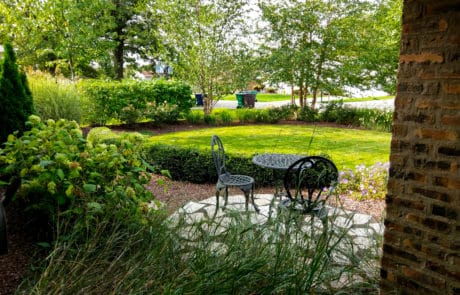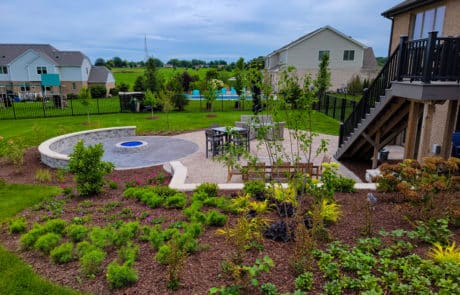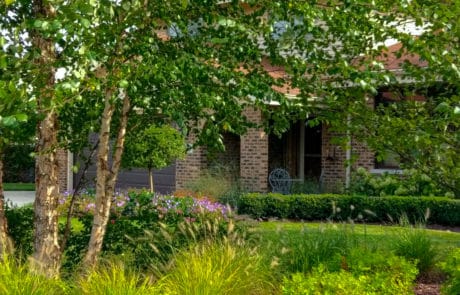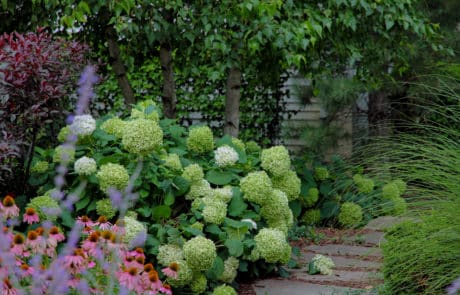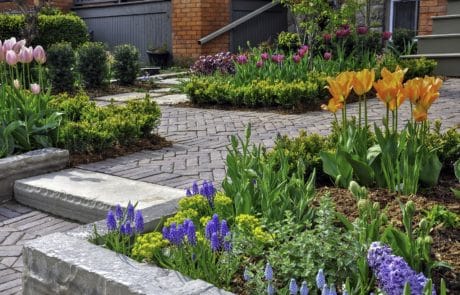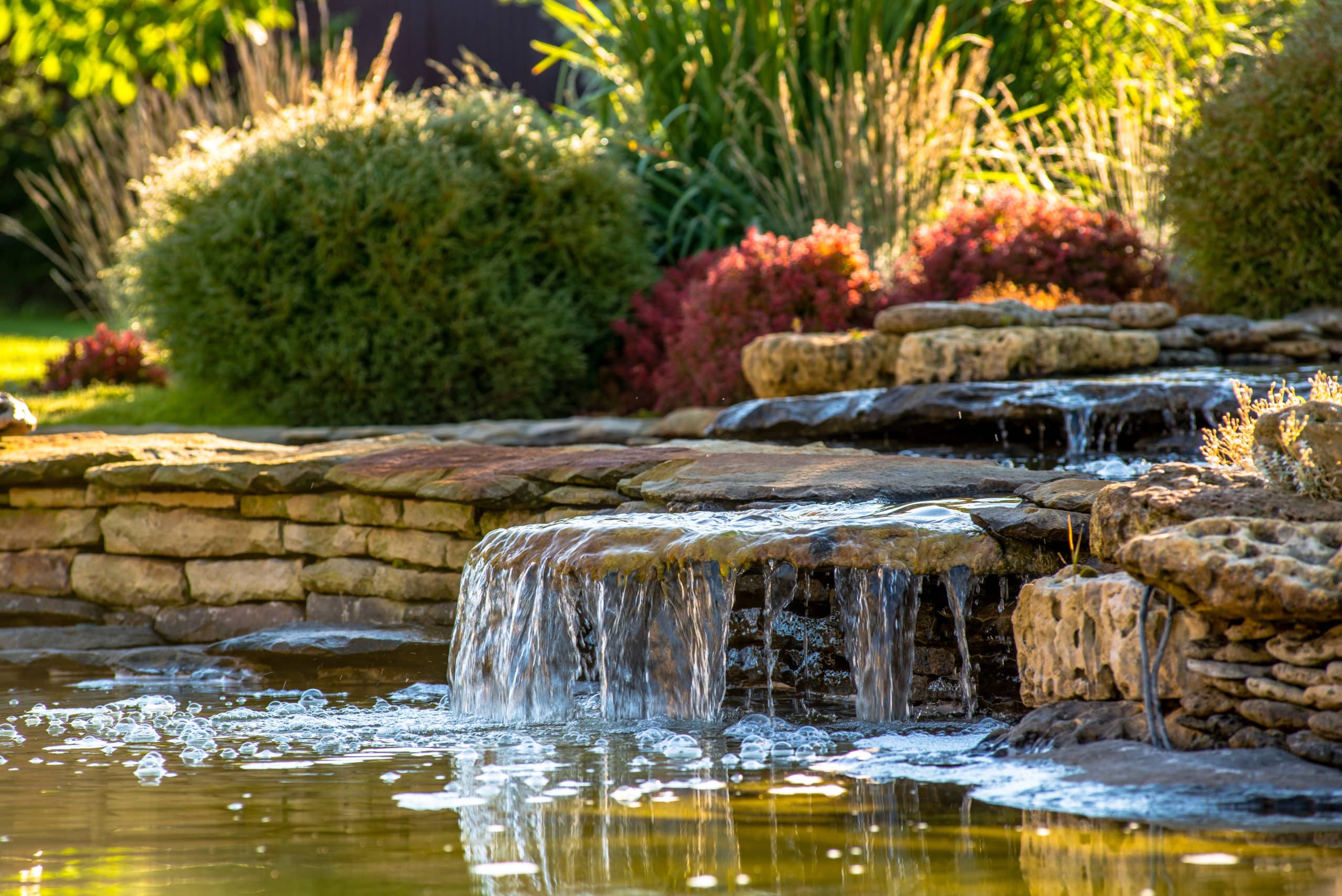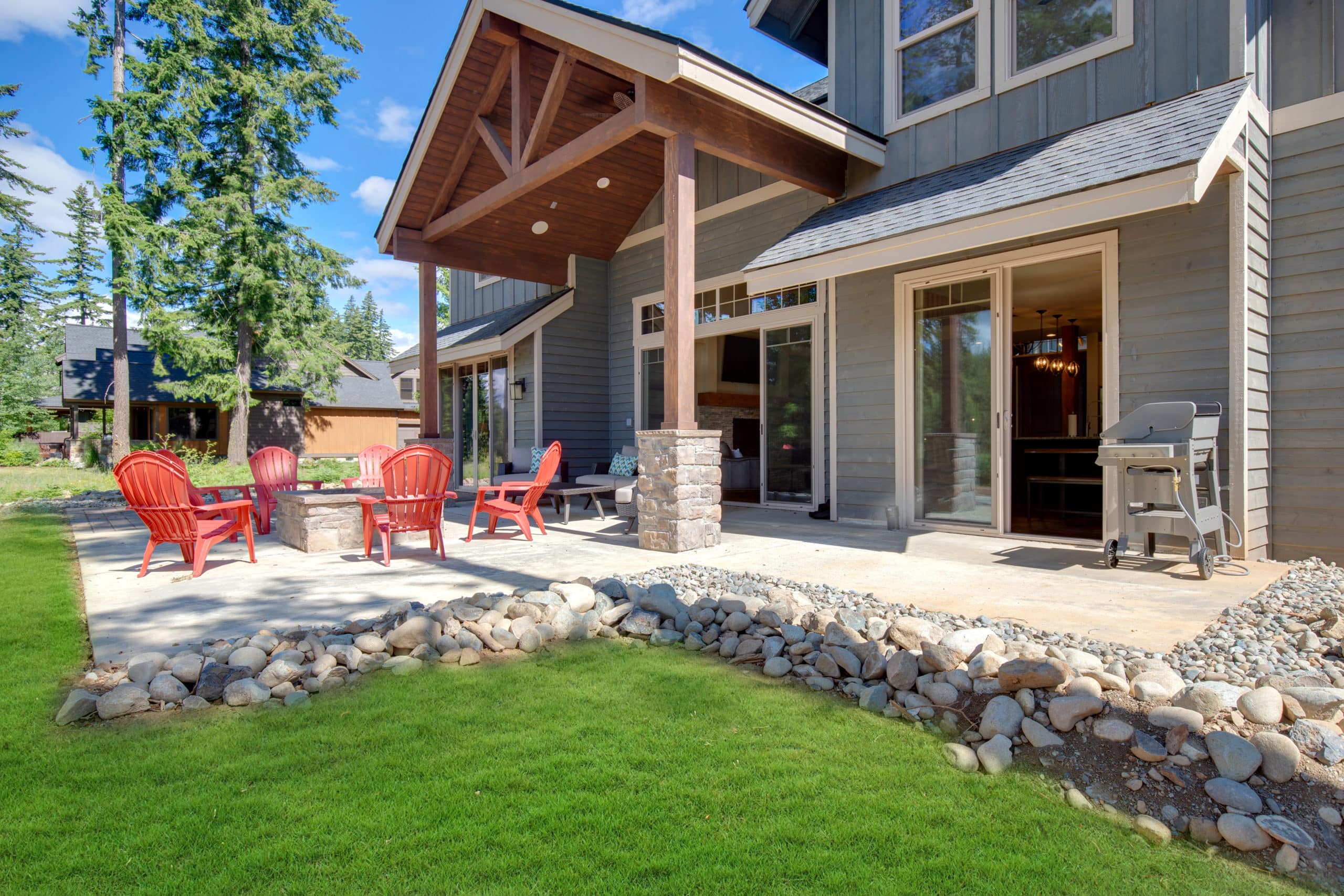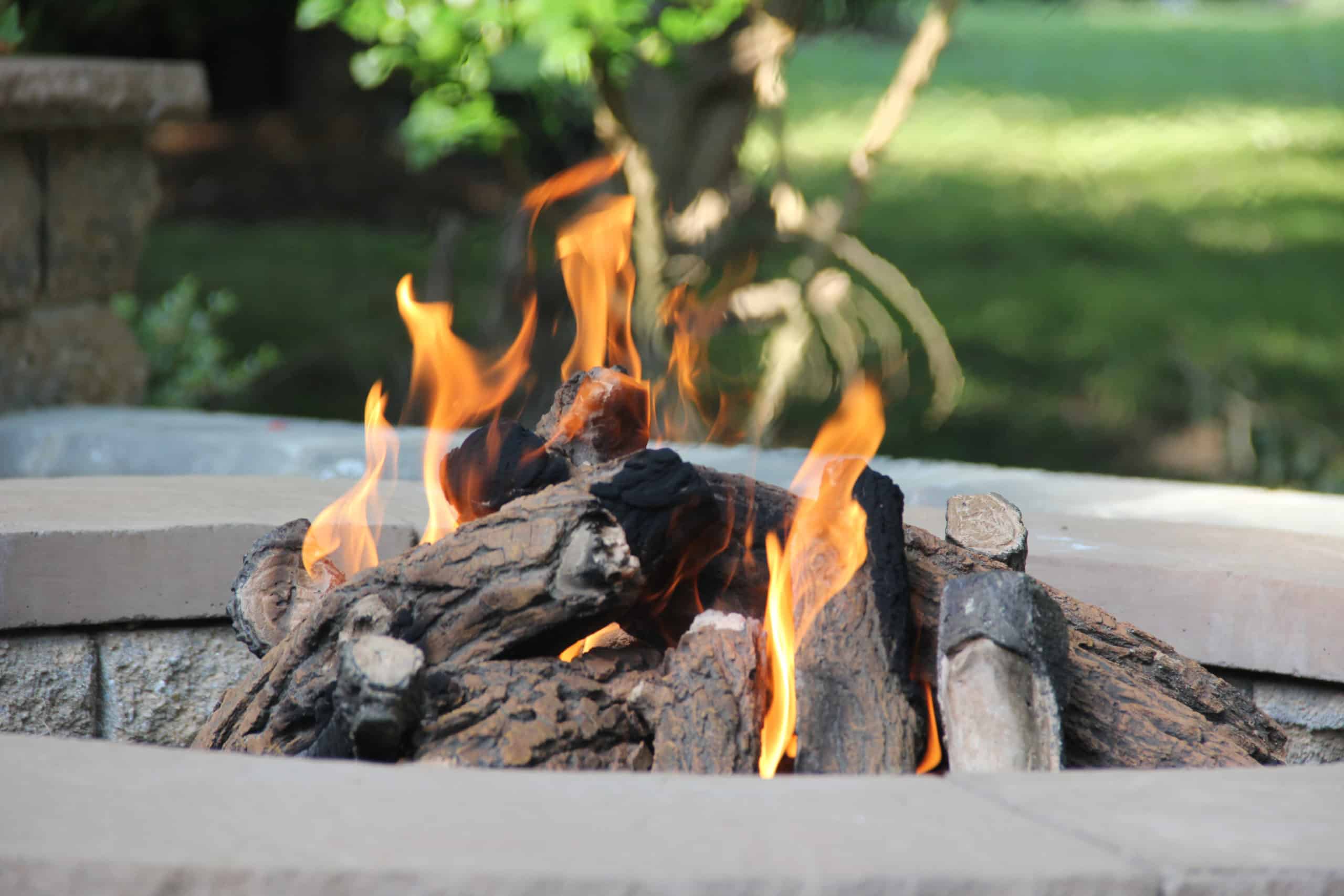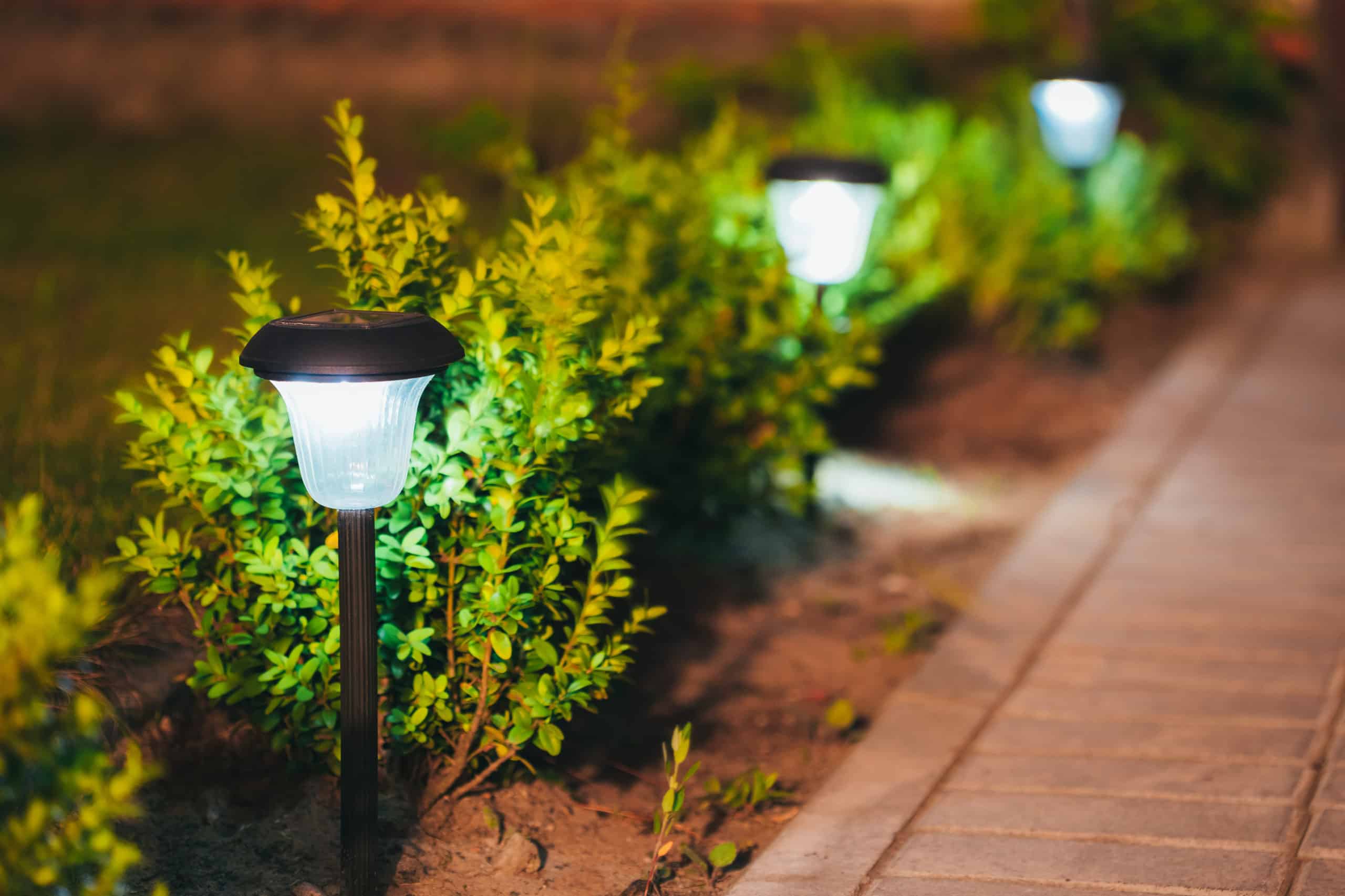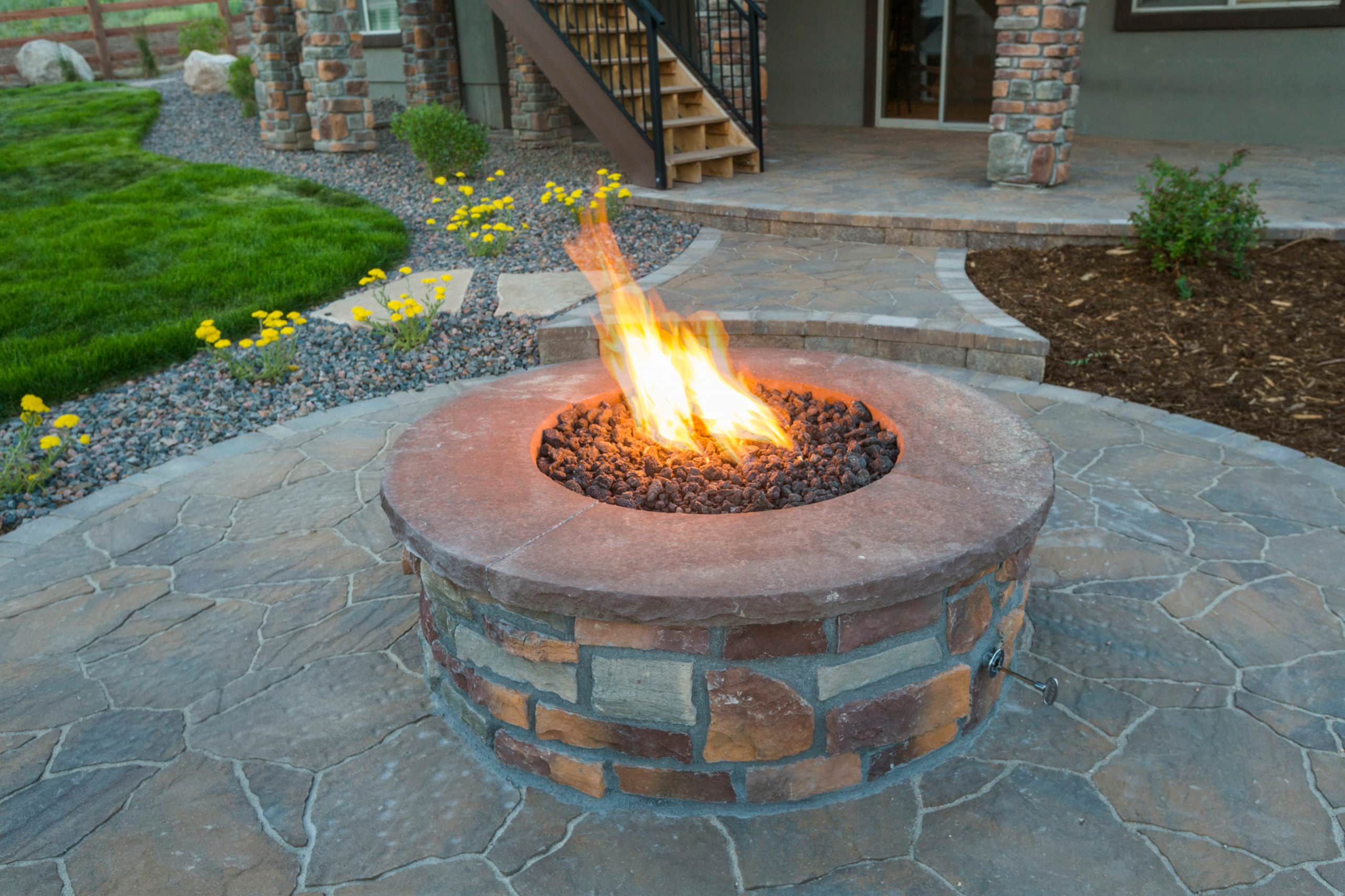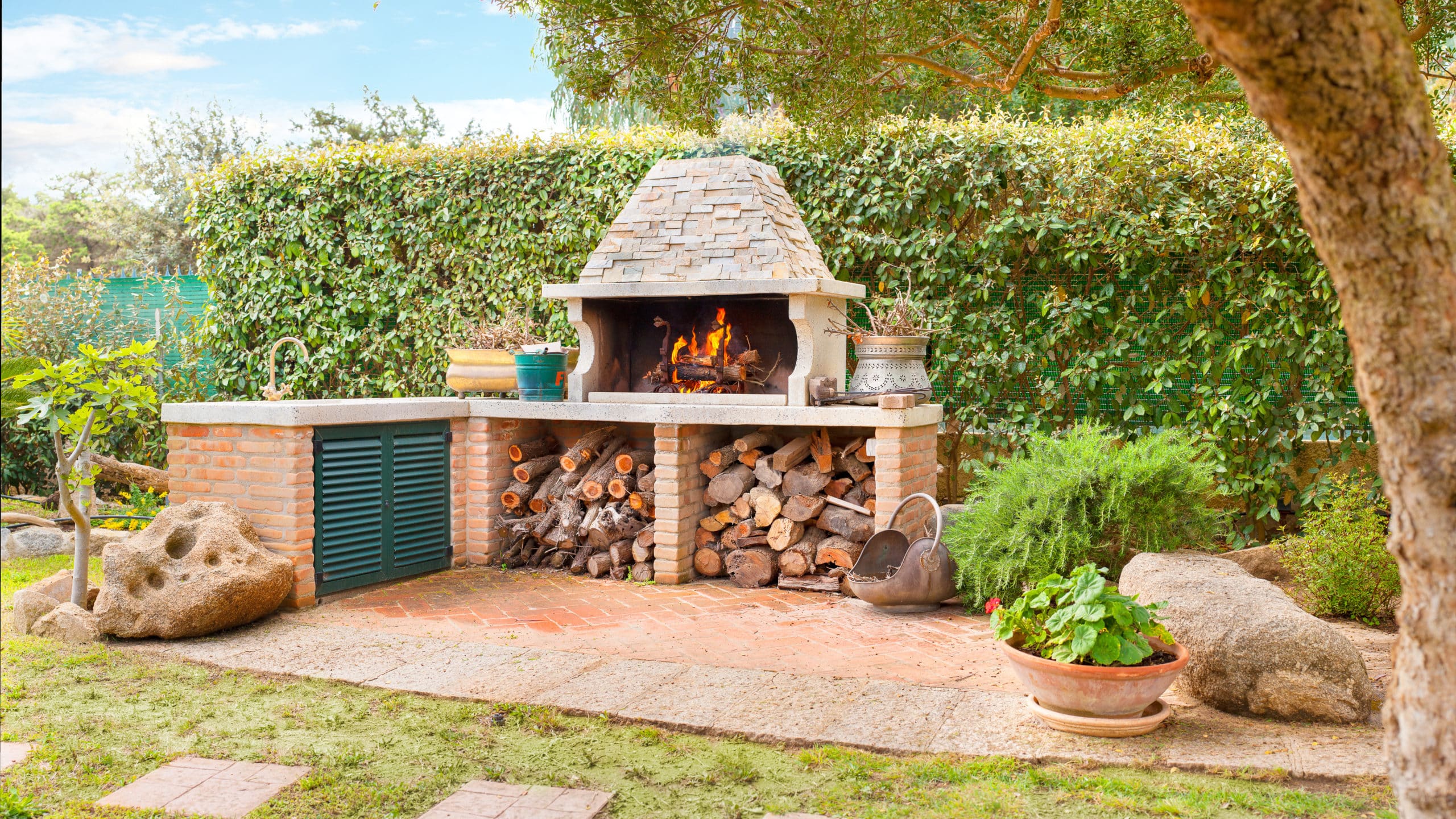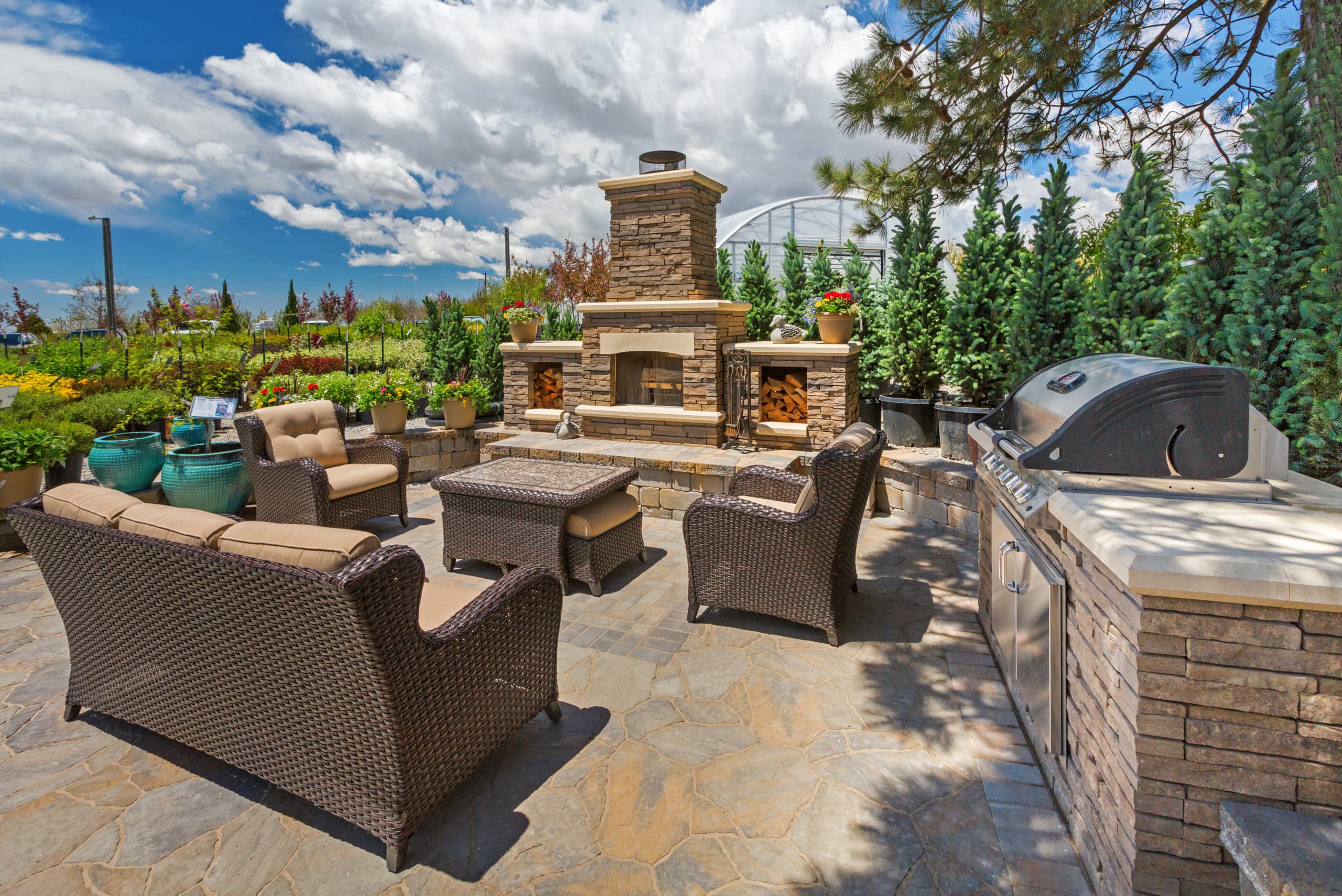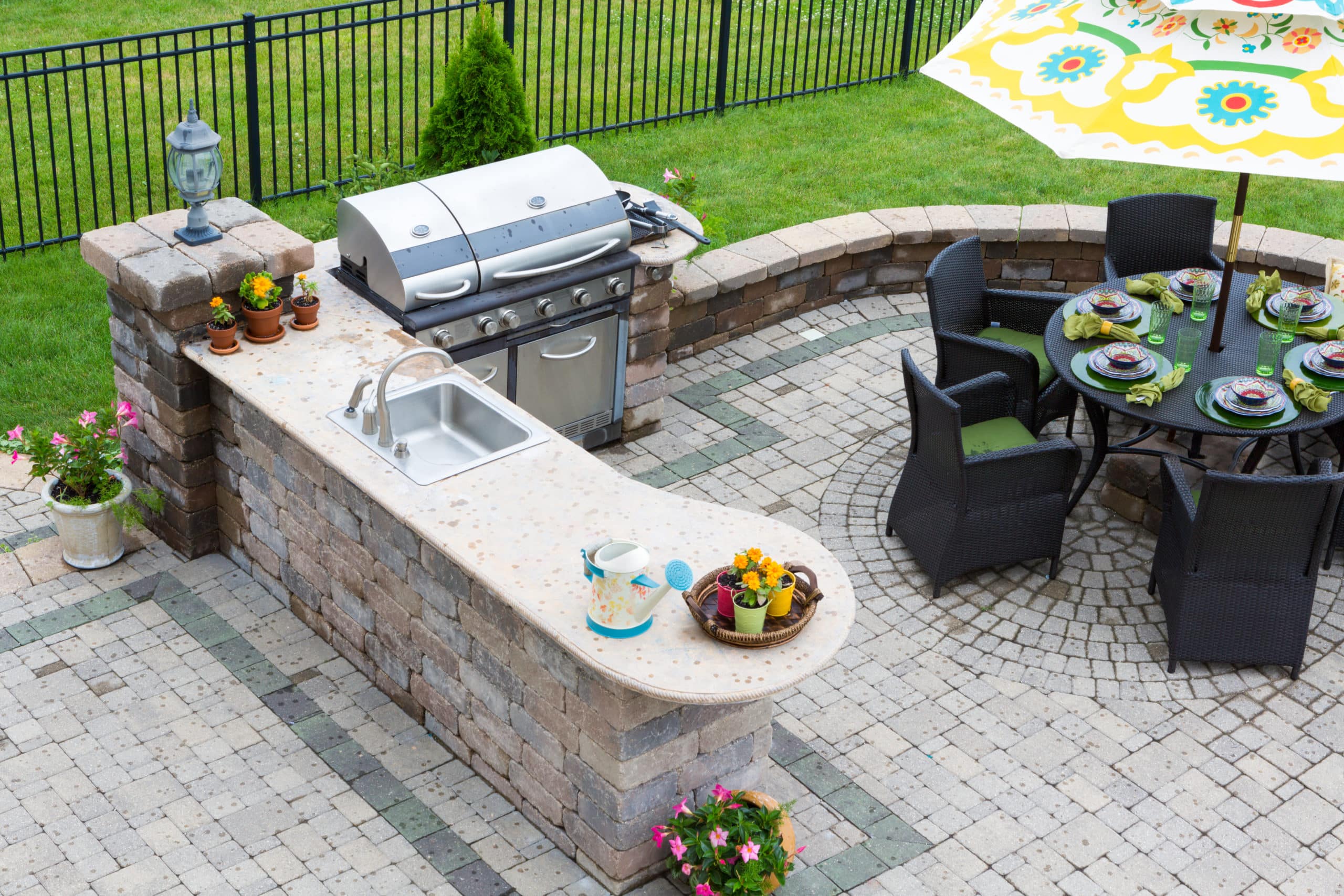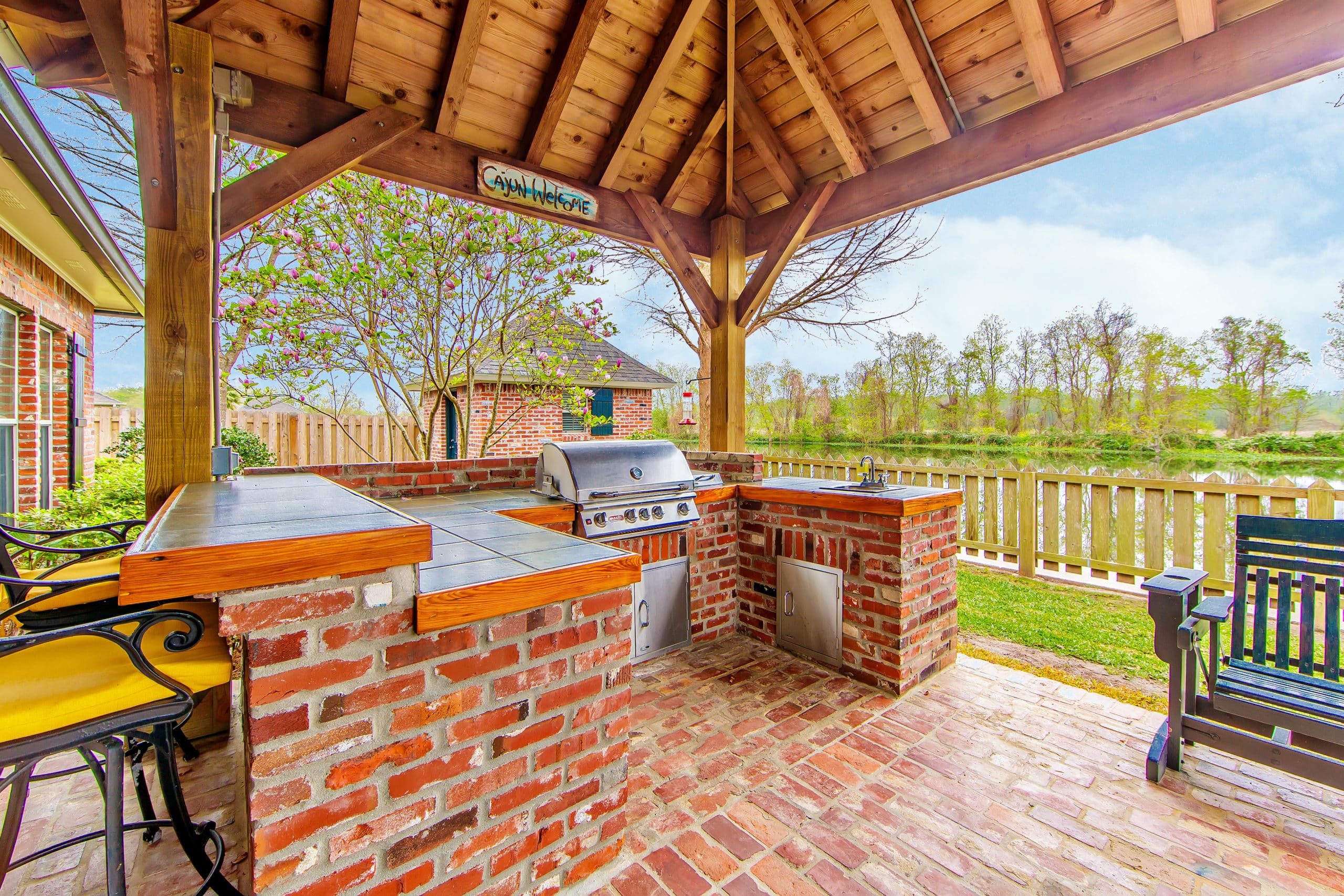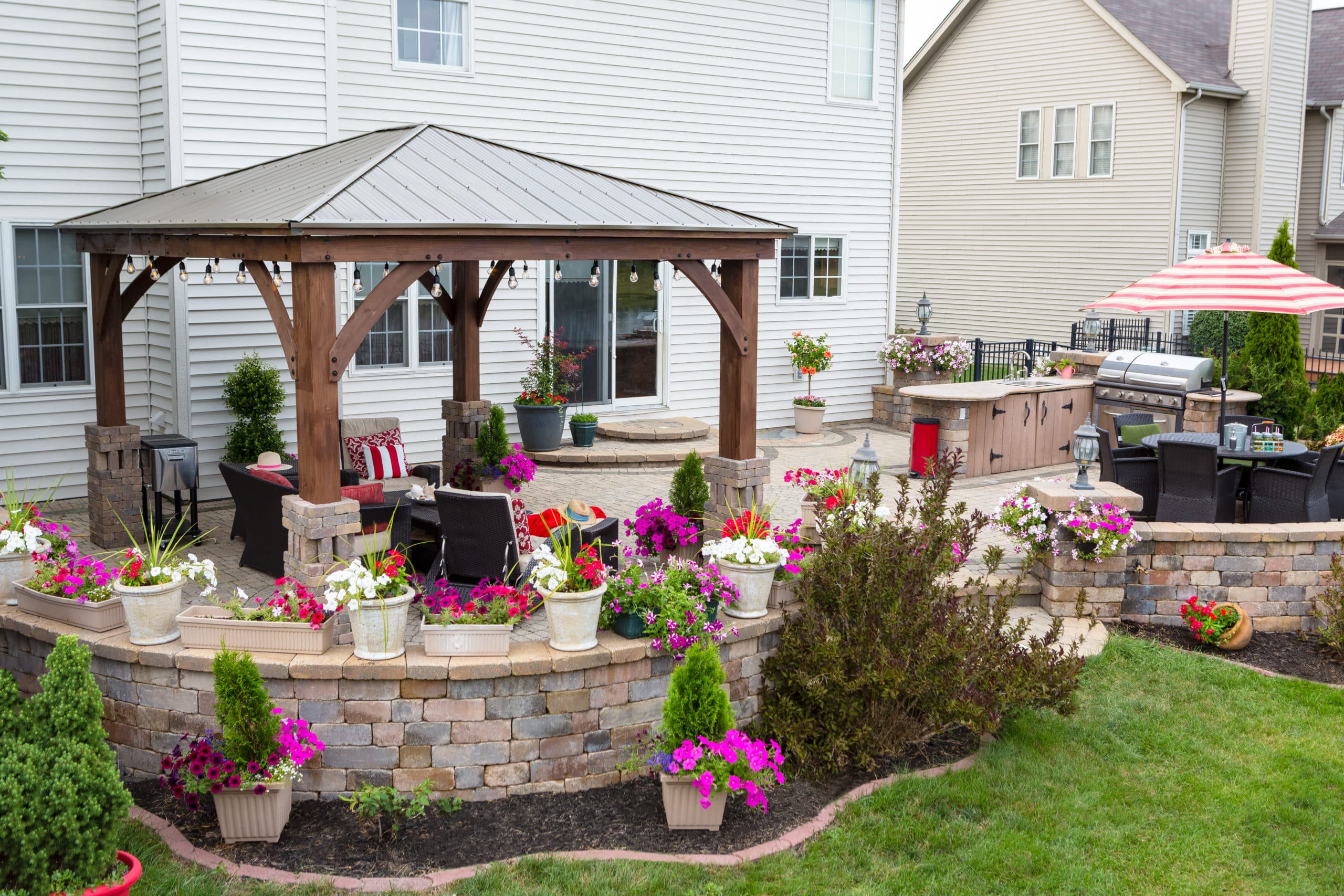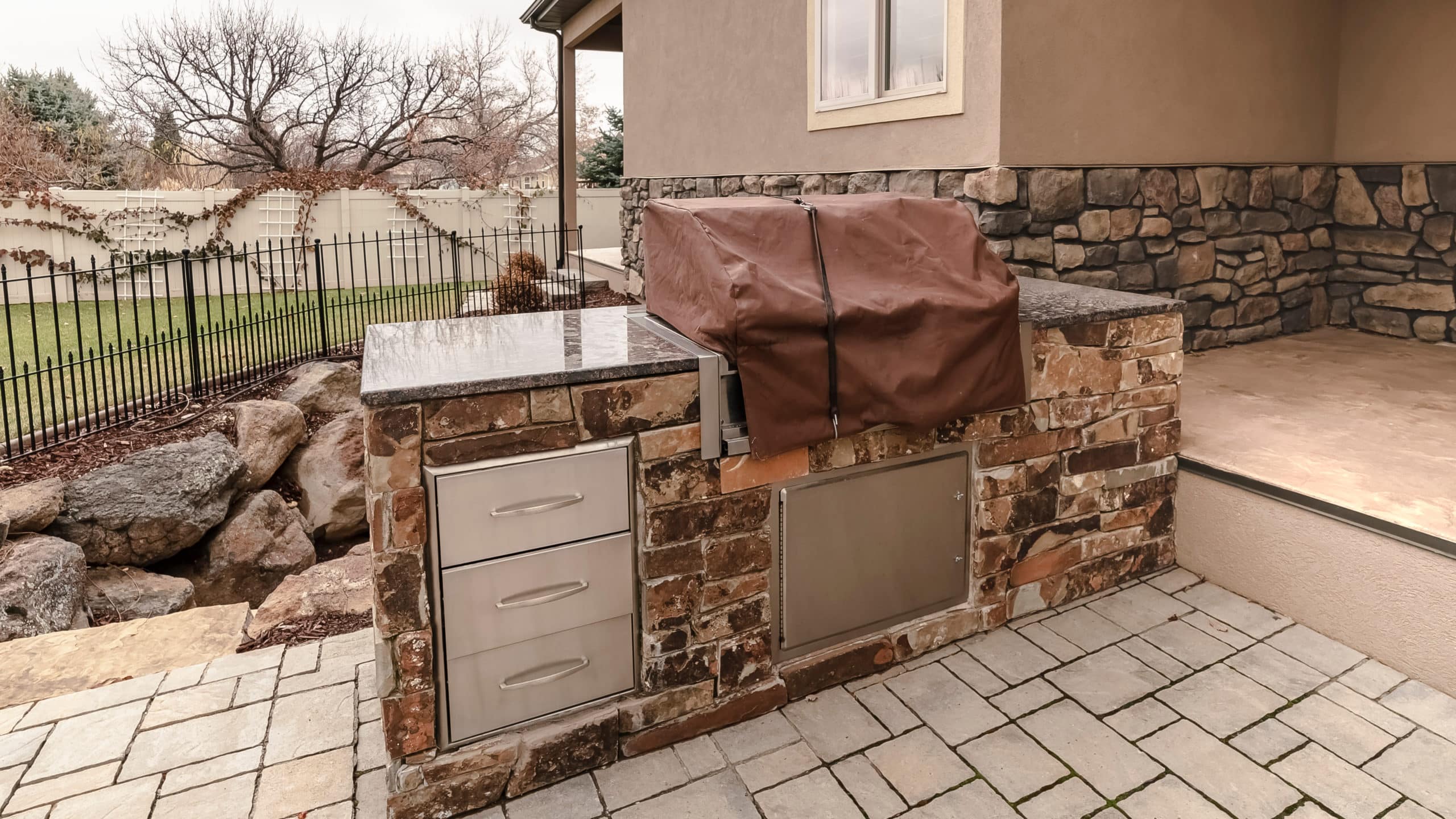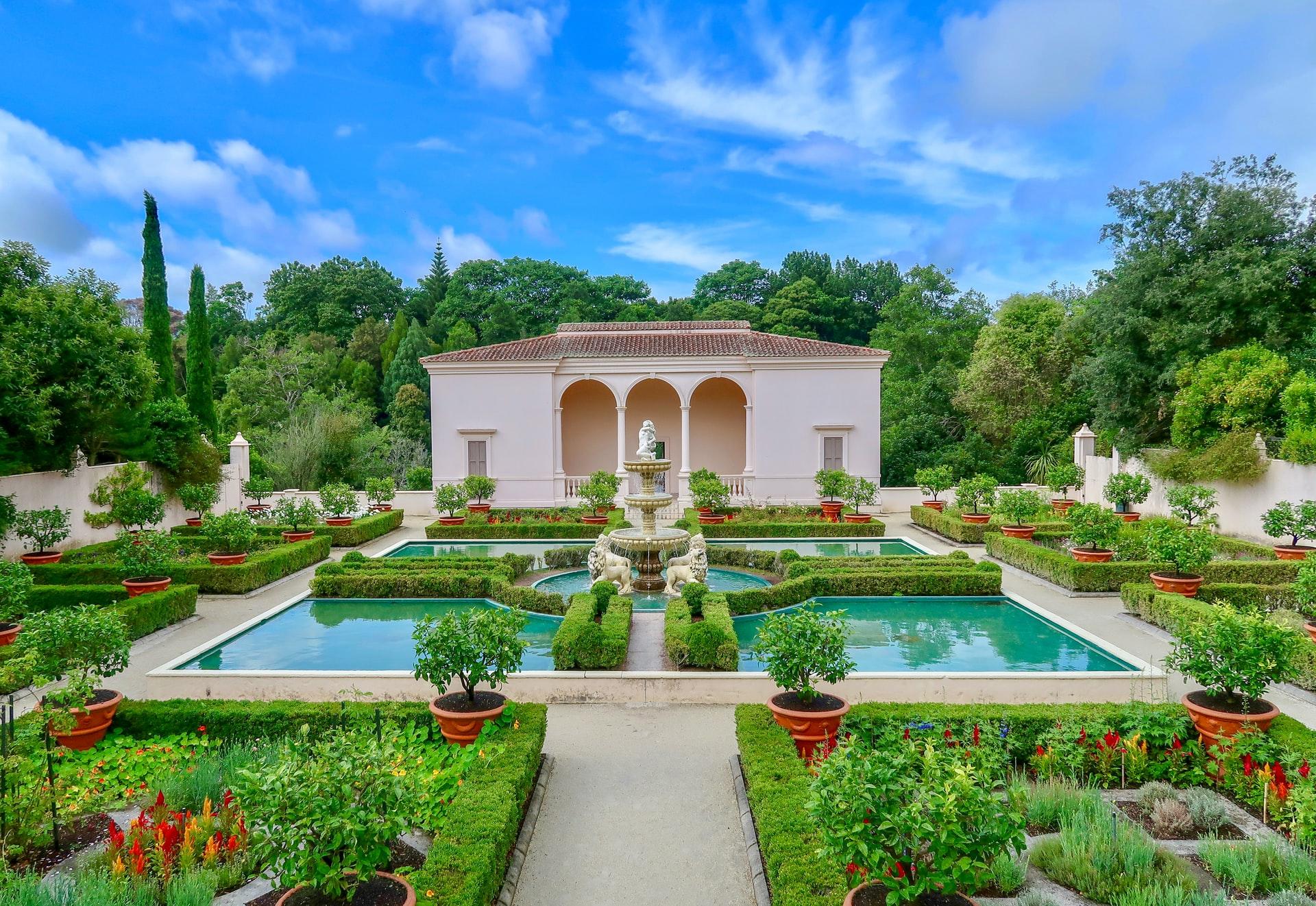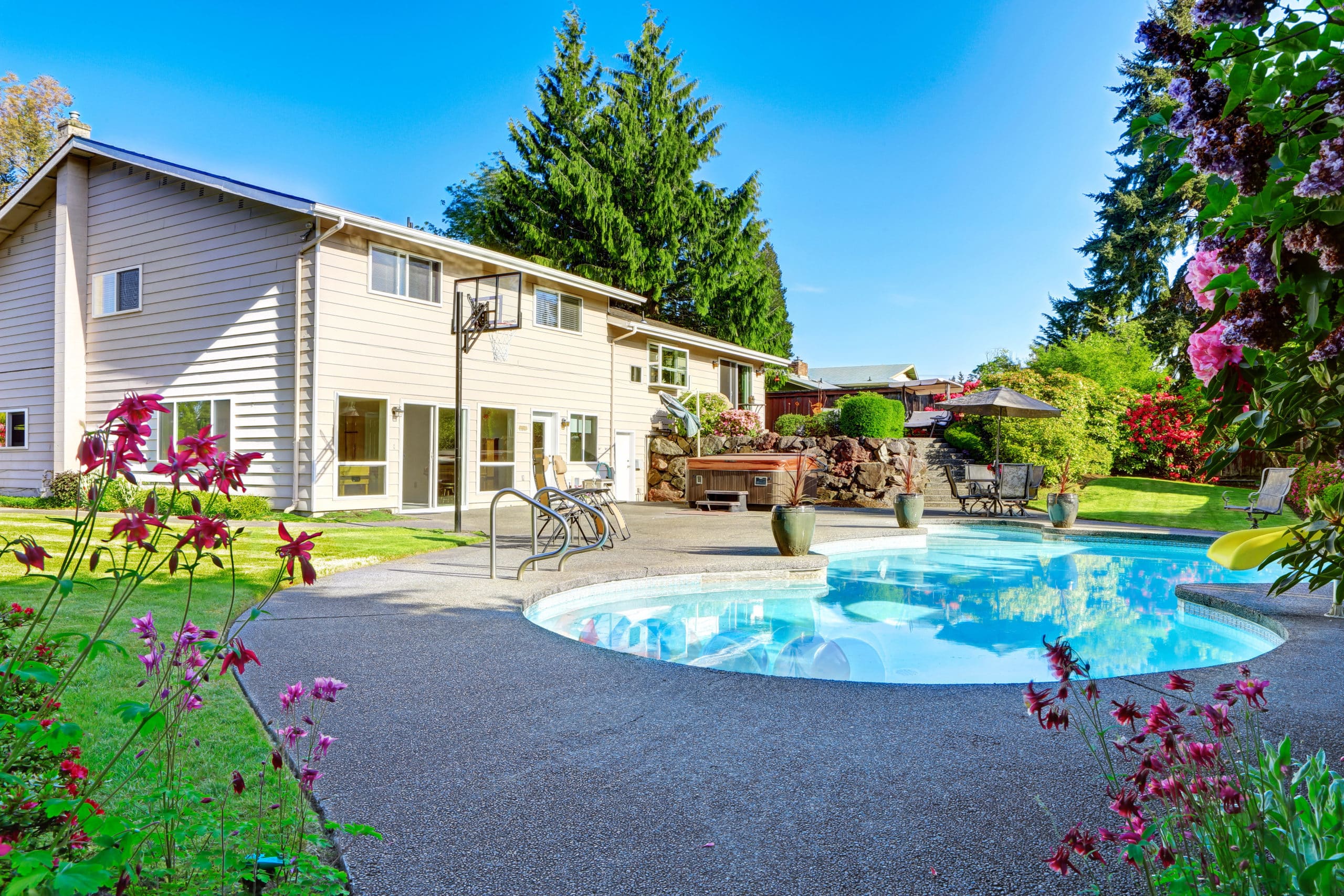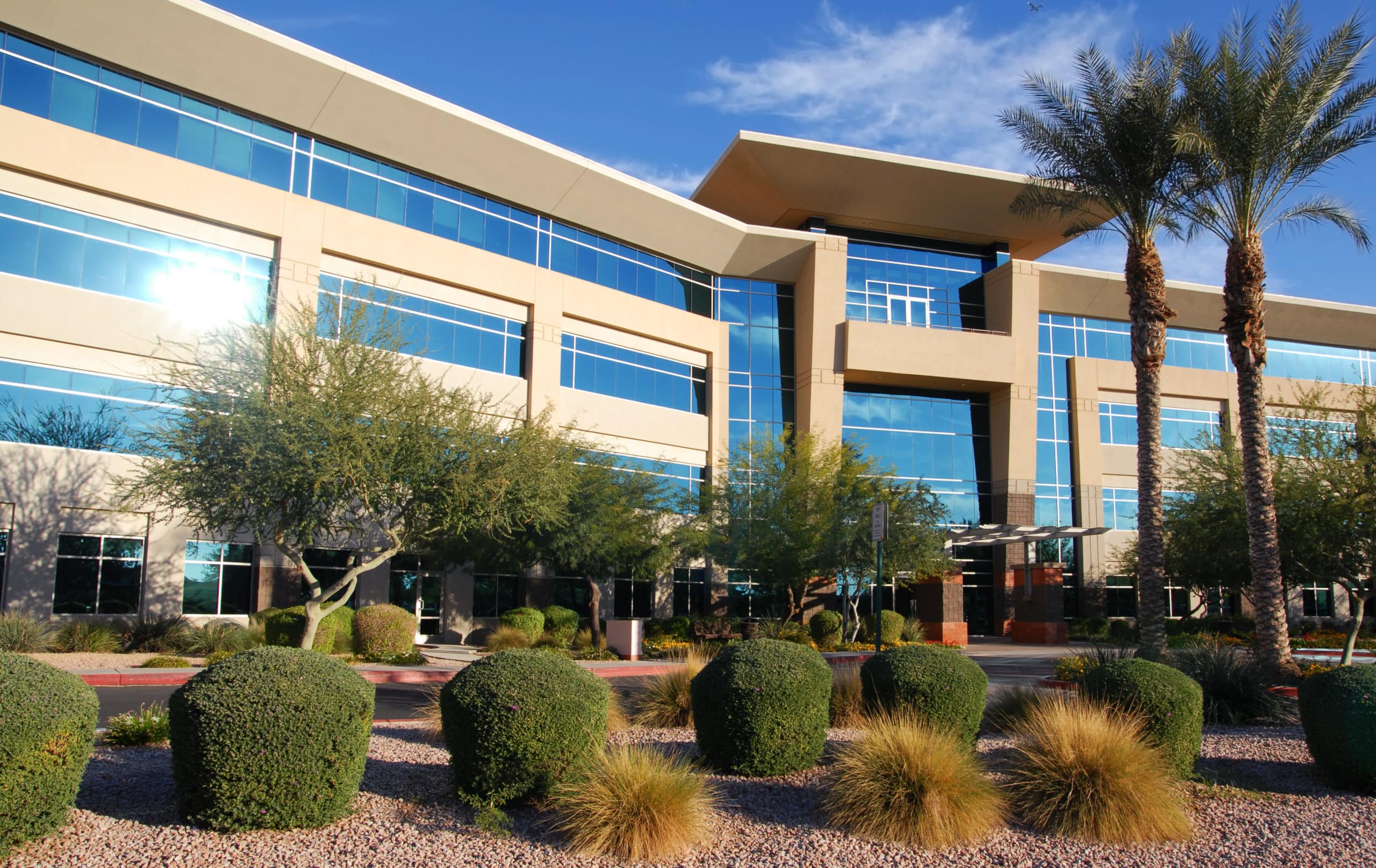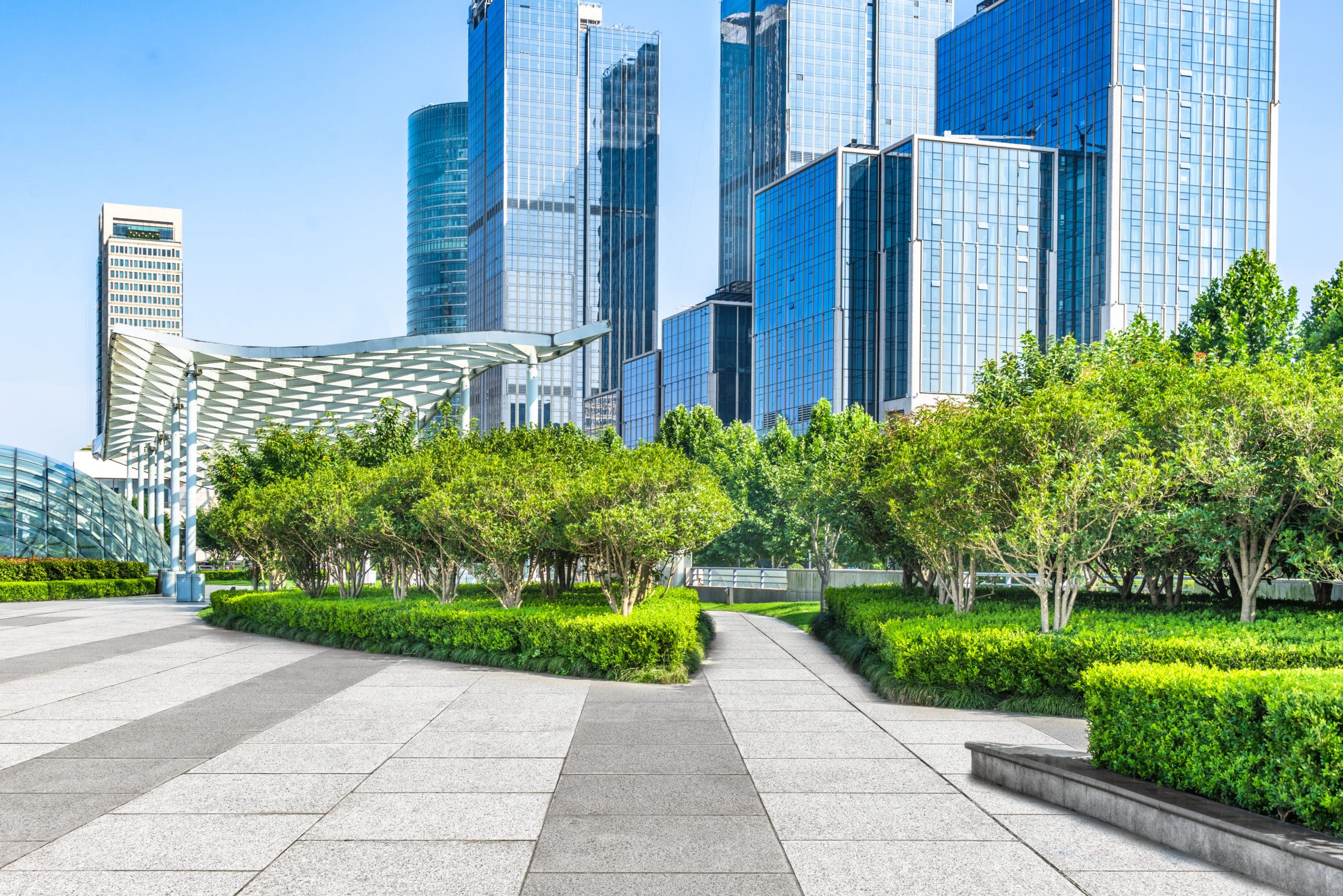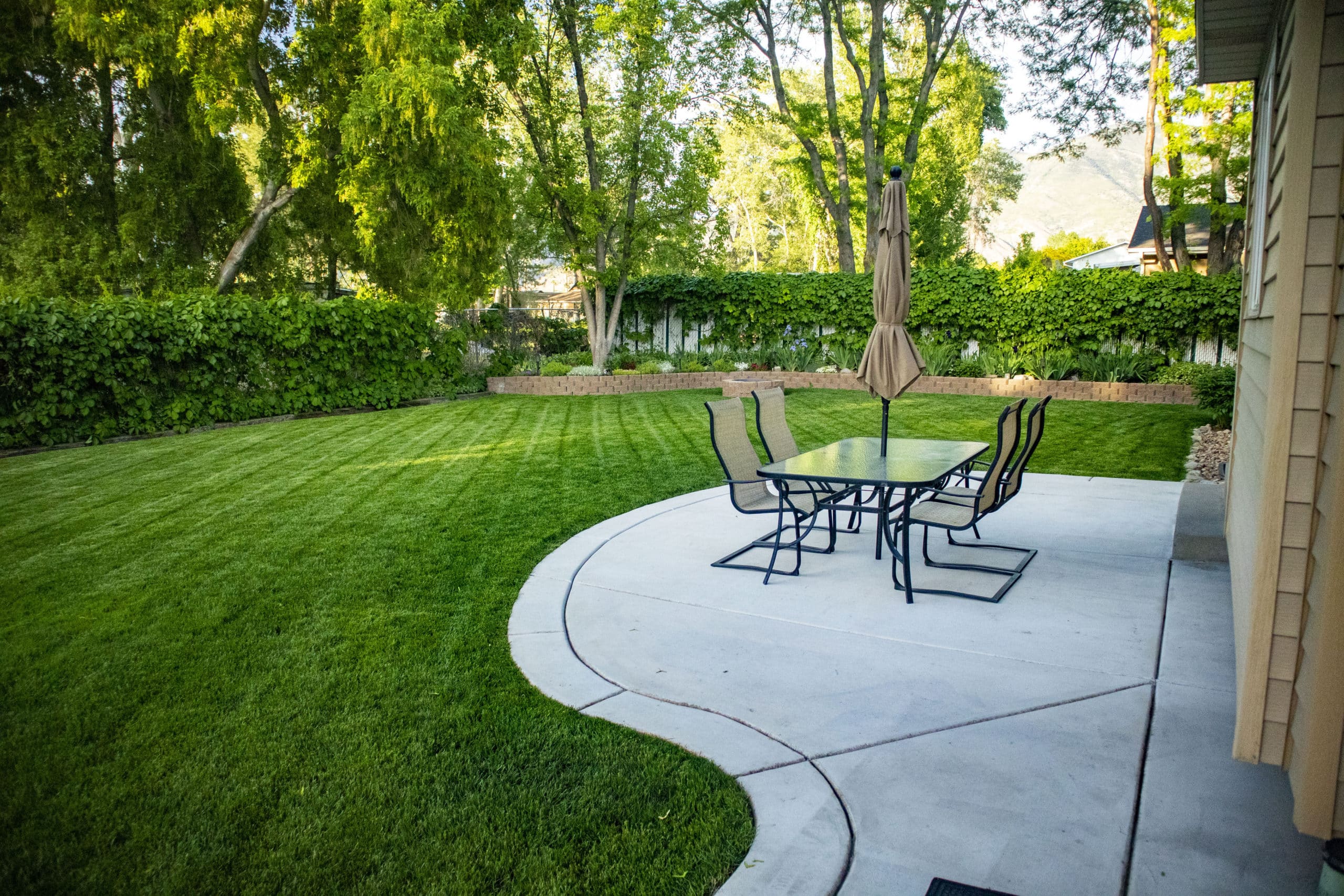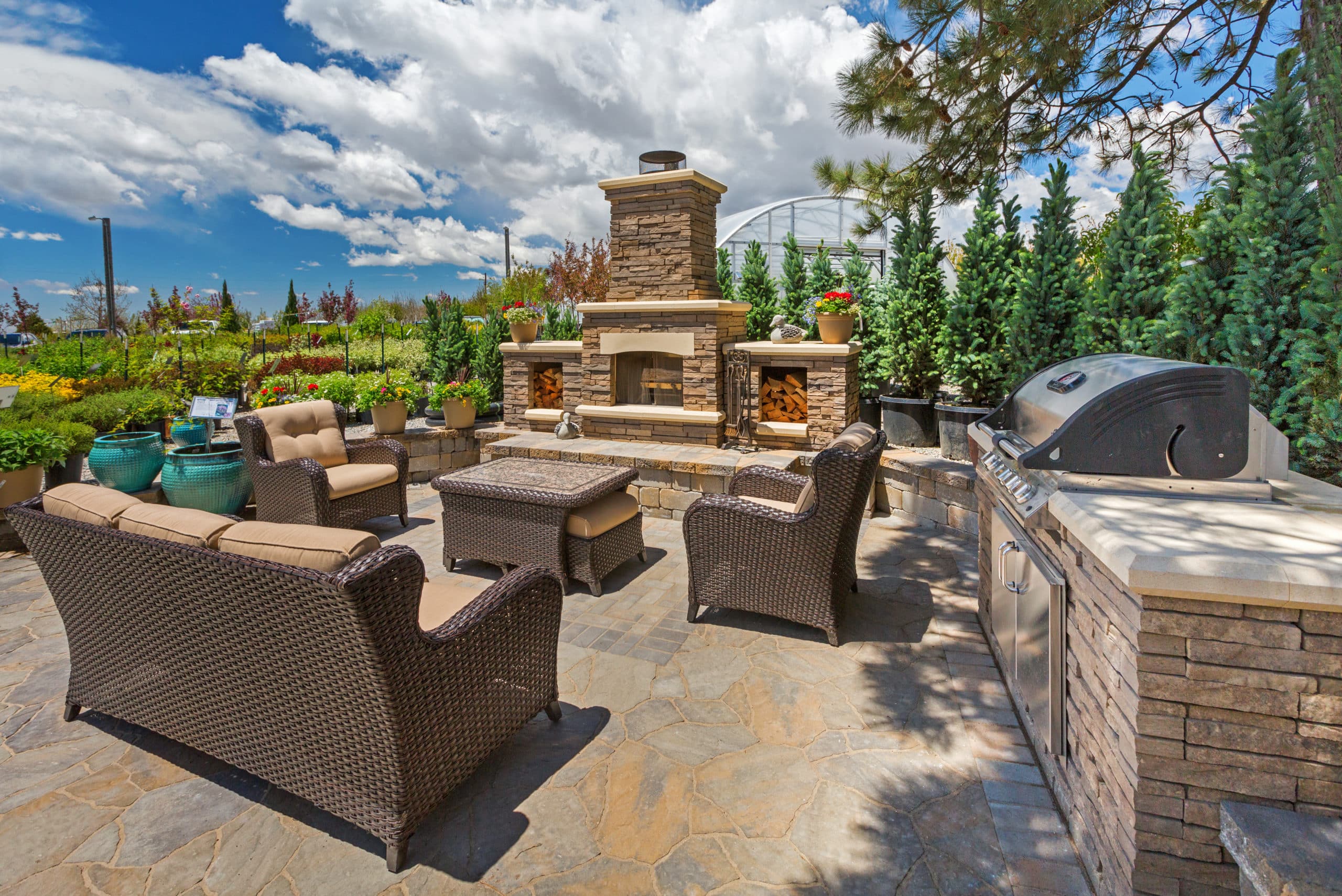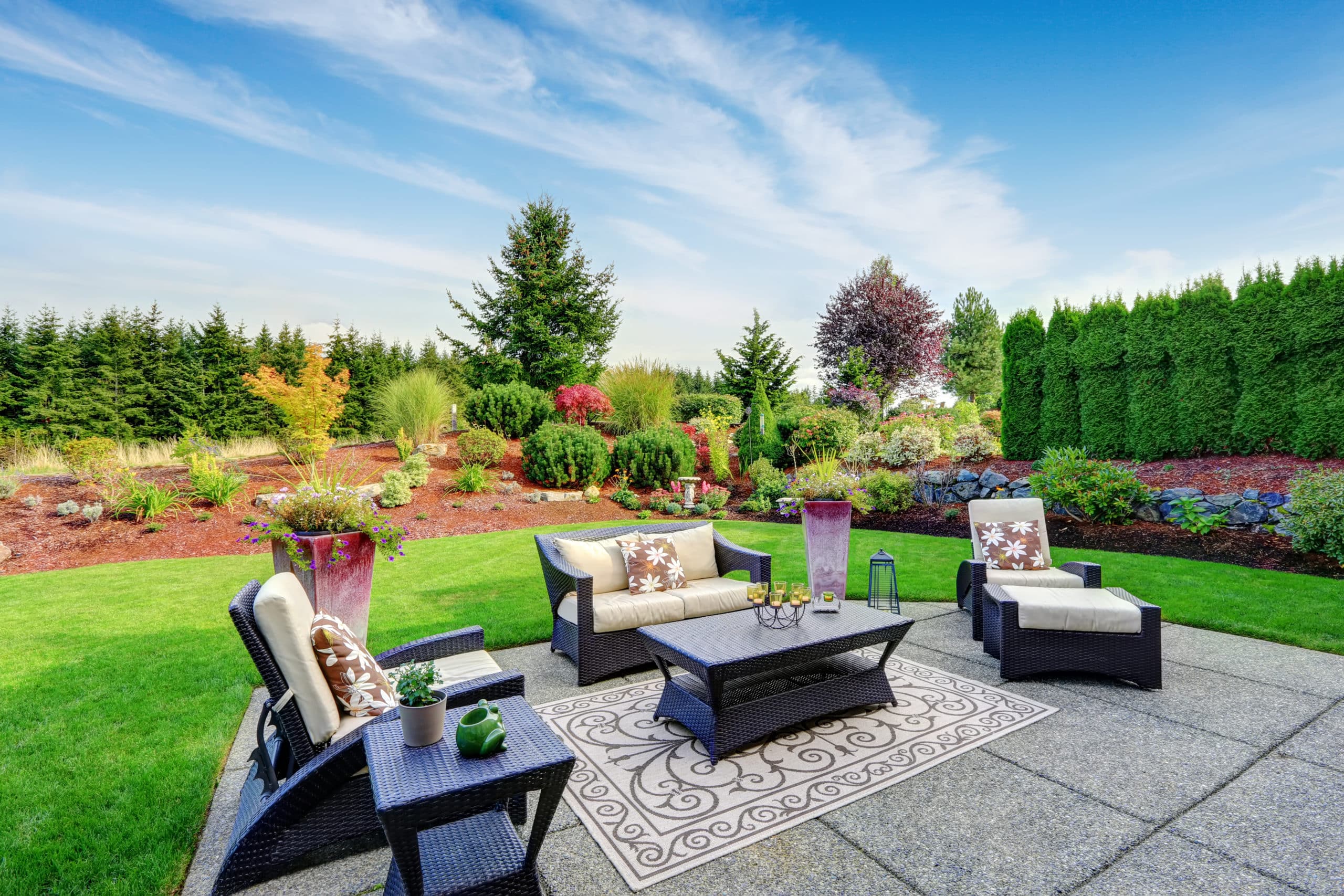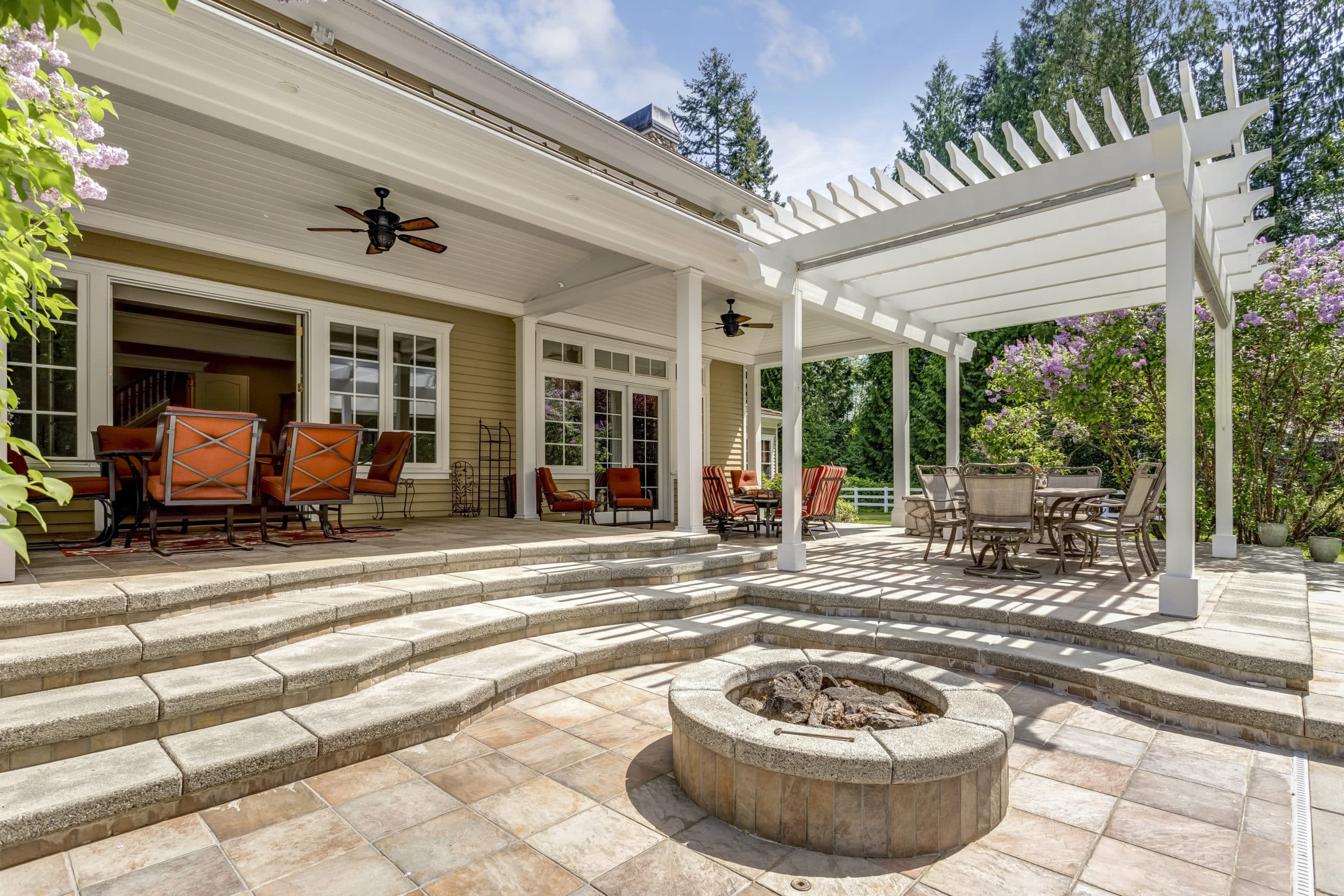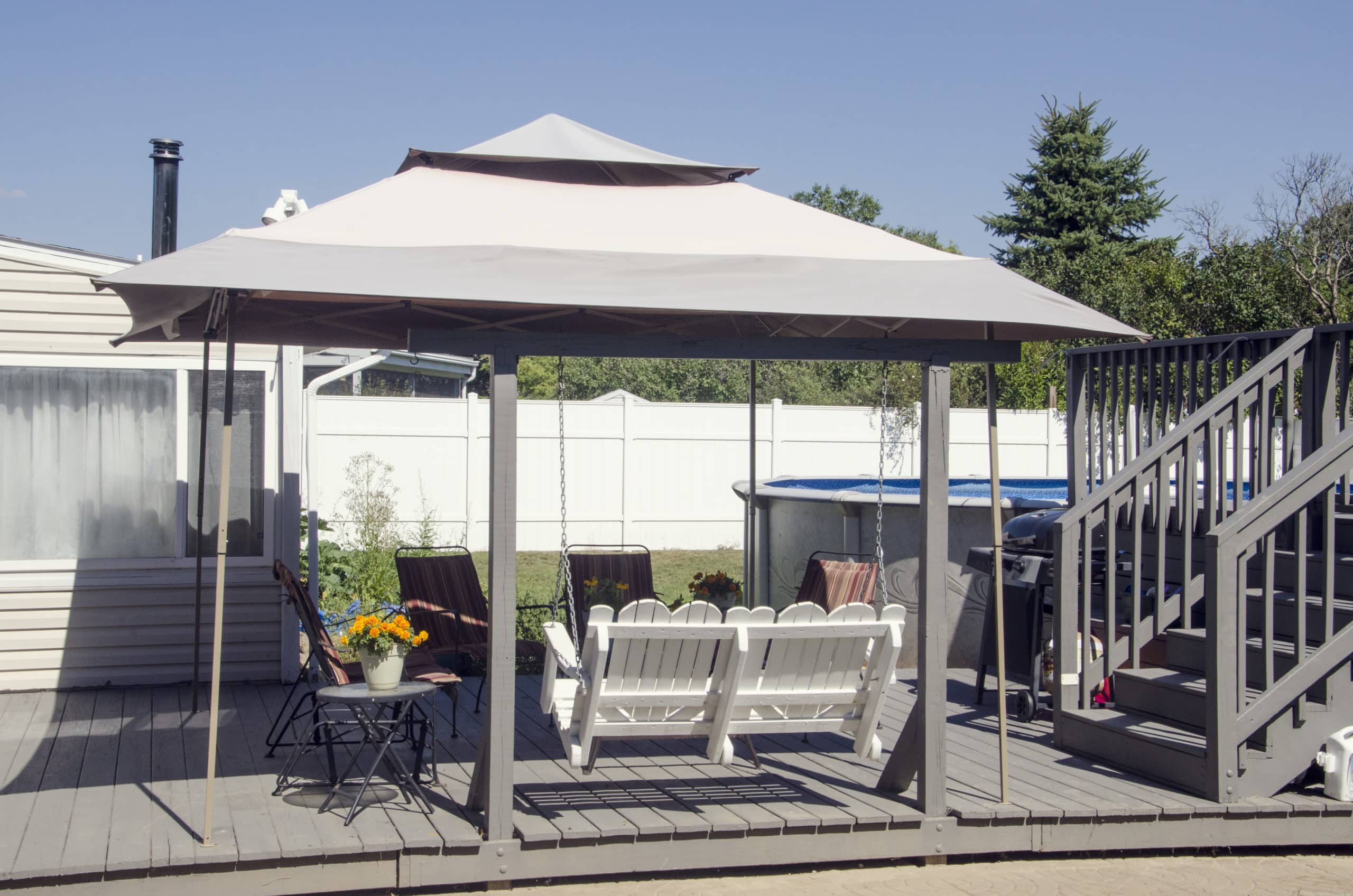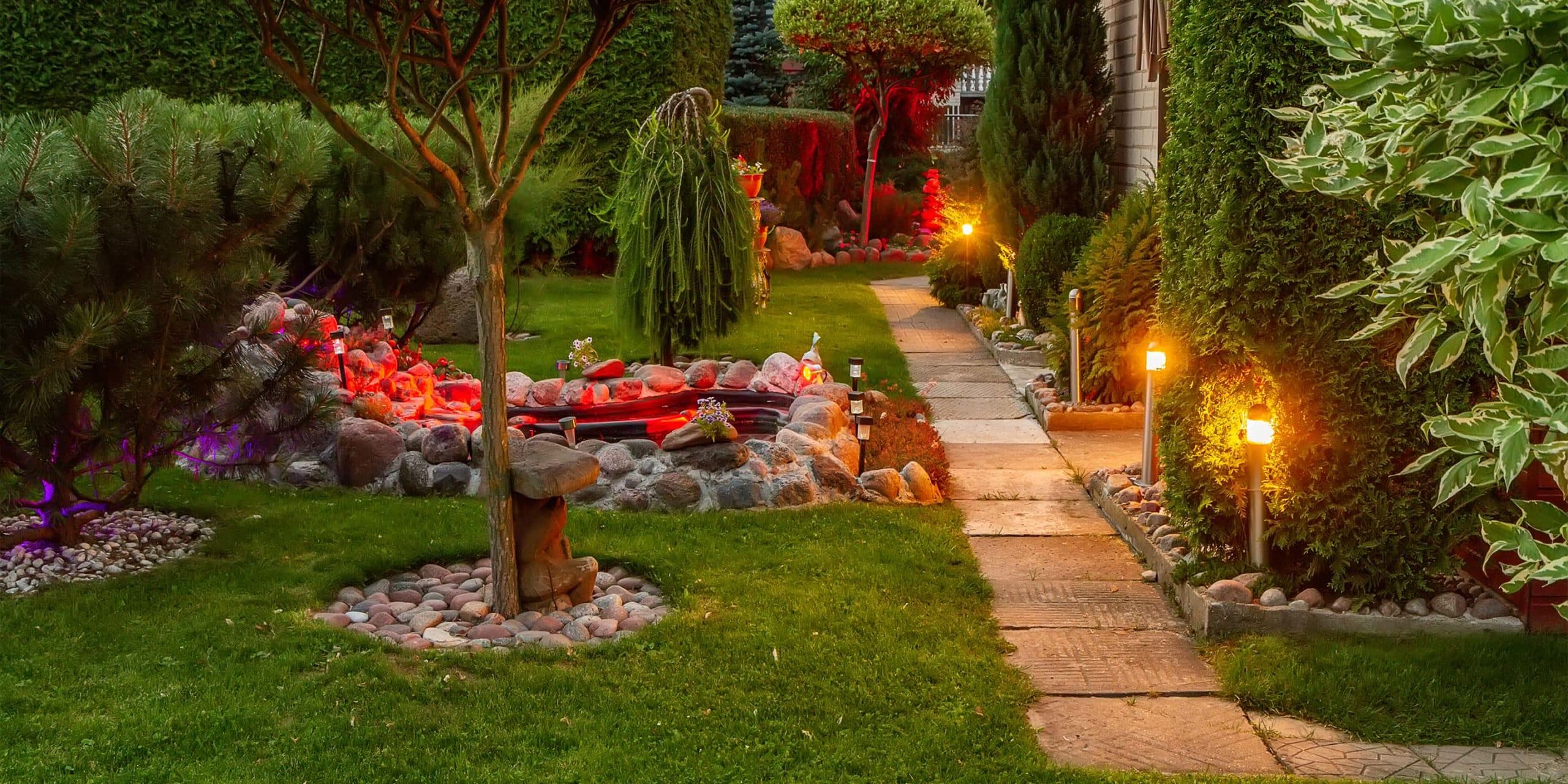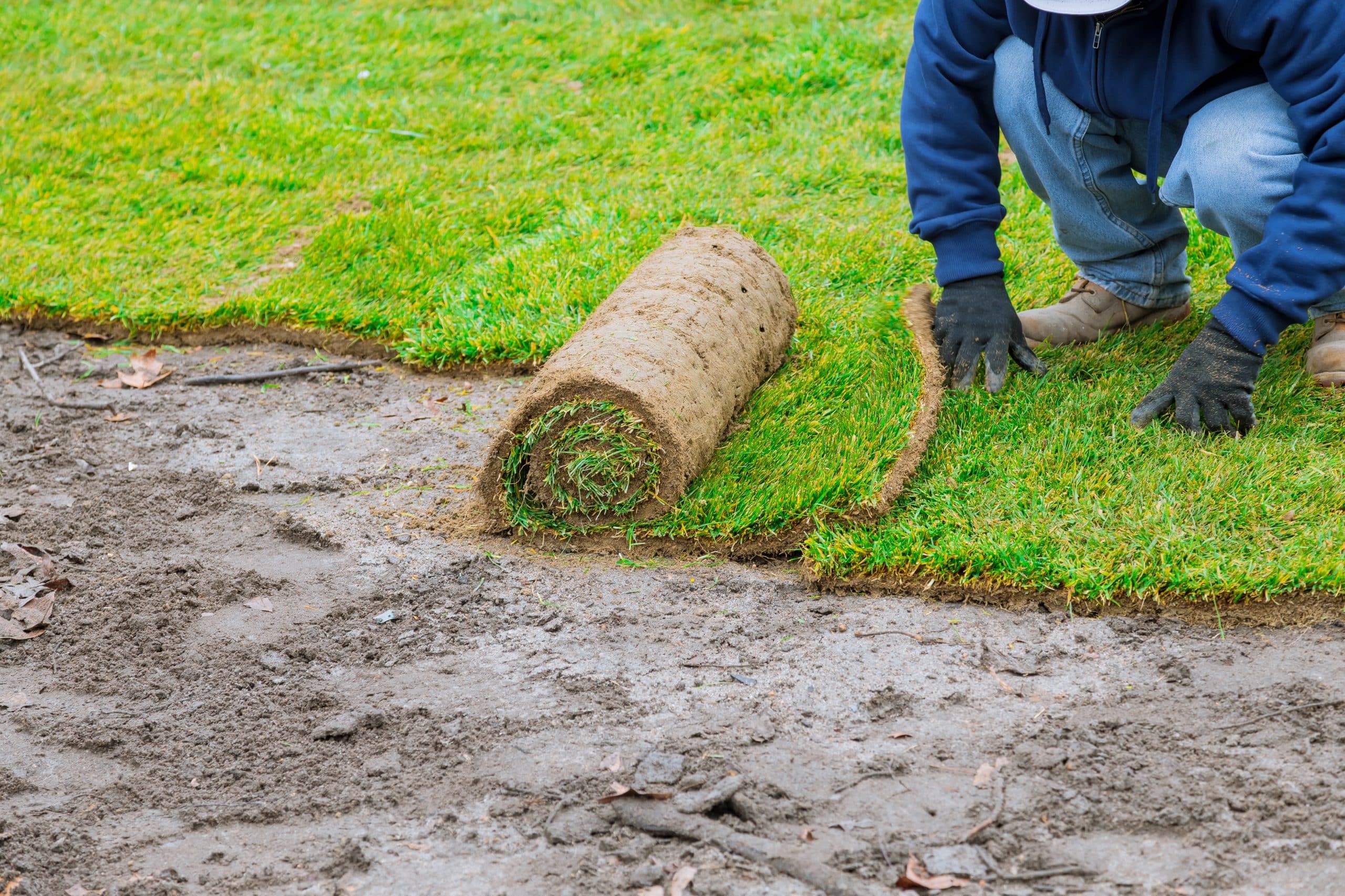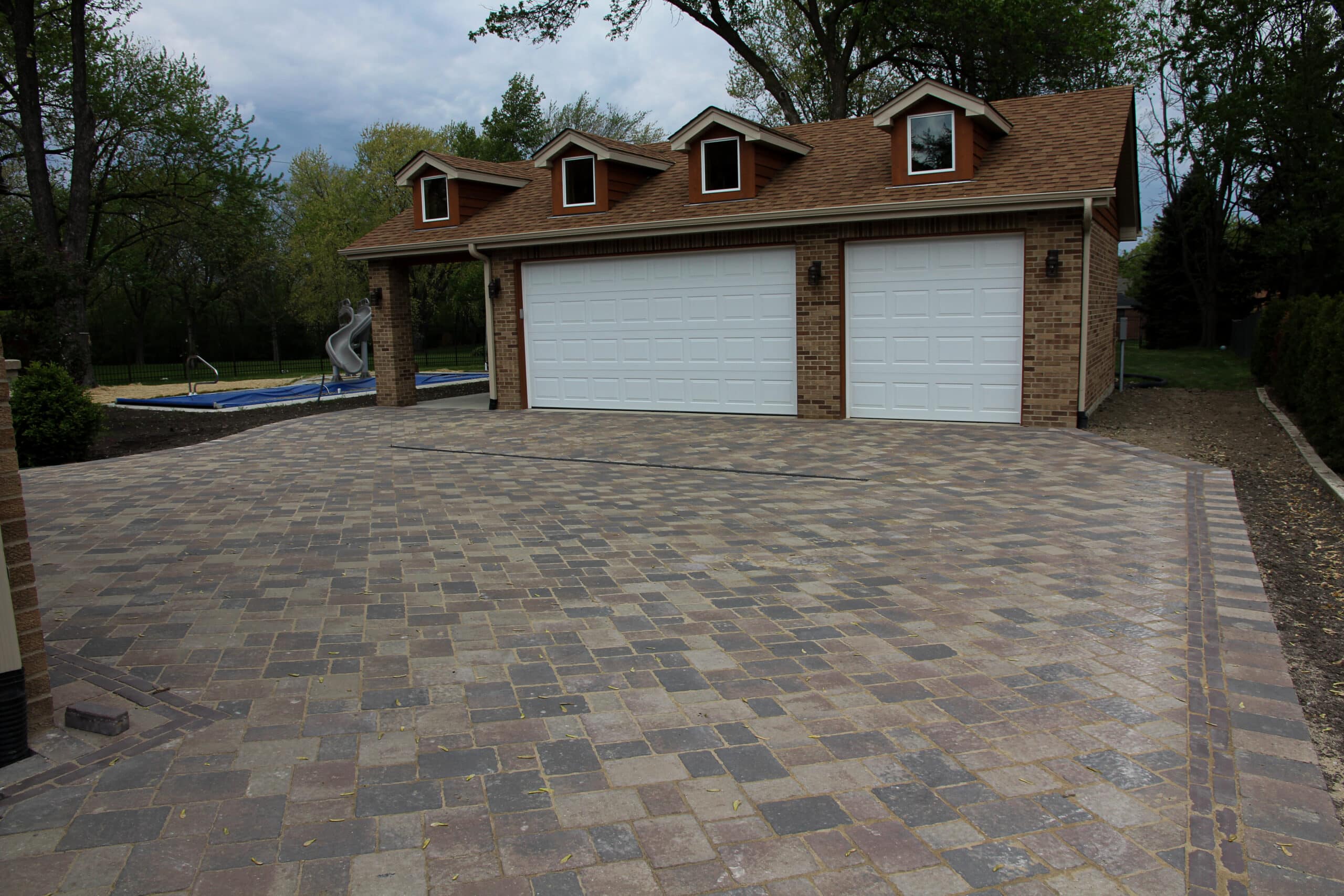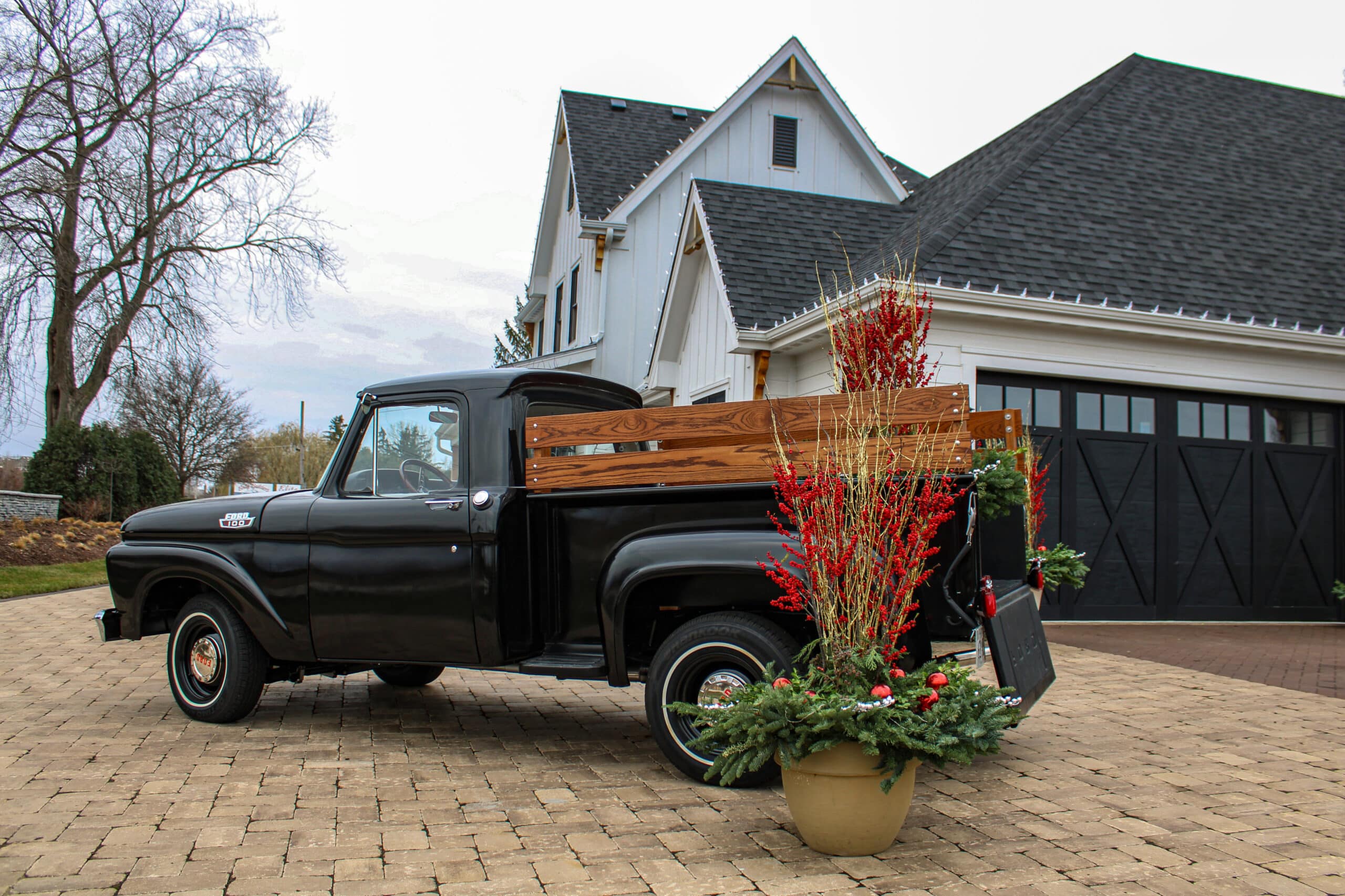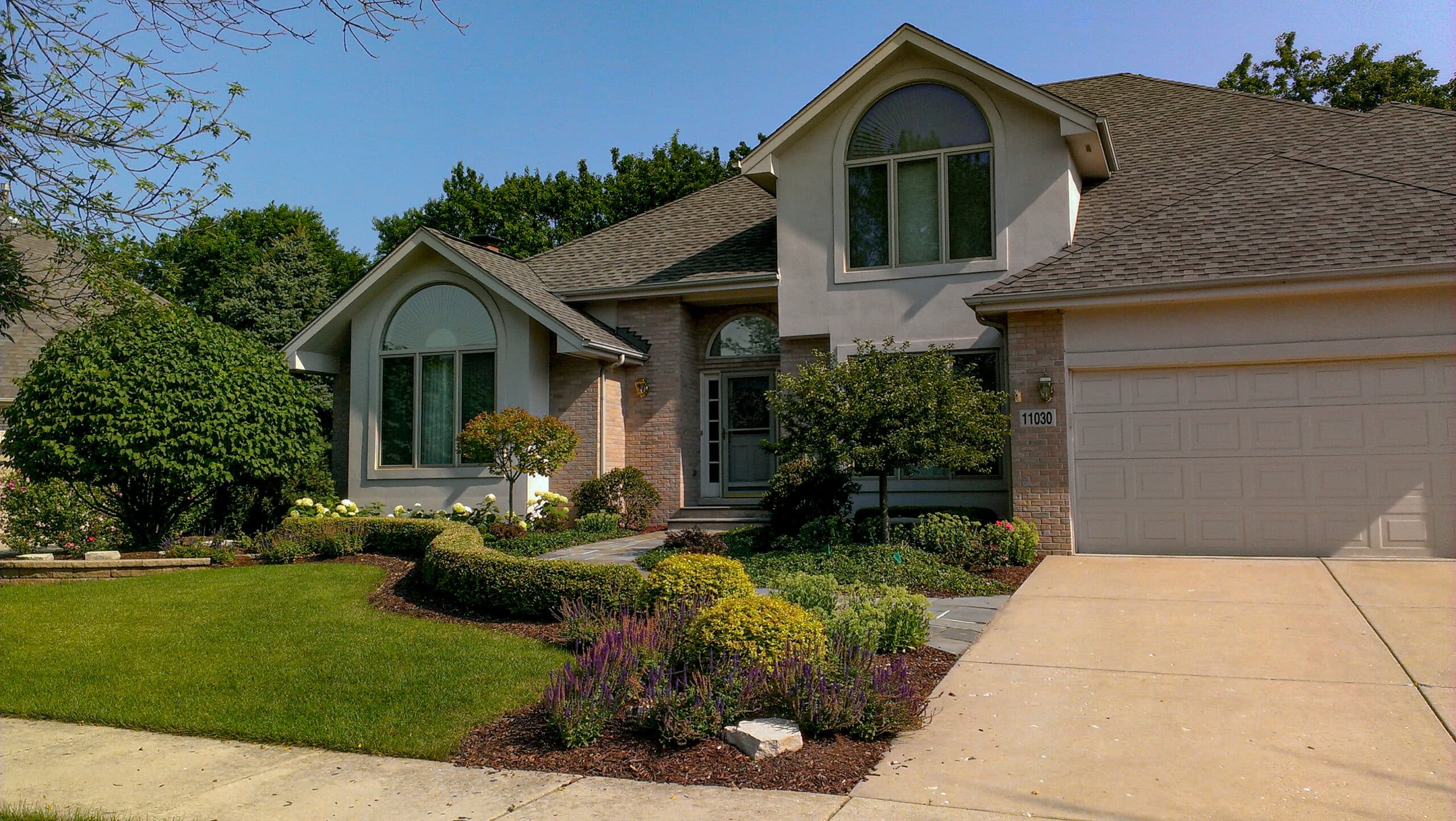Unlock the Beauty of Your Home.
Looking for reliable landscaping companies serving the Homer Glen, IL area? Our experienced landscape contractors specialize in custom garden design, lawn care, and complete outdoor transformations.
Whether you’re interested in vibrant plant beds, professional tree and shrub care, or building a fire pit, deck, or patio, we provide landscape design that fits both residential and commercial spaces.
From mulch installation to irrigation systems and retaining walls, we create beautiful and functional yards using quality materials and expert craftsmanship.
Our landscaping company in Homer Glen delivers durable results while improving your home’s curb appeal and outdoor comfort.
CUSTOMER SERVICE
Our team in Homer Glen, IL offers dependable service and practical advice for all landscaping needs.
We listen to your goals and provide clear, expert guidance on lawn care, irrigation, patio layouts, and garden design. Whether it’s a new project or routine maintenance, we’re here to help every step of the way.
AFFORDABILITY
We provide unmatched value while still delivering highest quality work. Our goal is to ensure you get the best outcomes in lawn care and landscaping services without exceeding your budget. With affordable pricing and a commitment to quality, you can trust that you’re receiving top-tier service at a price that works for you.
EXPERTISE
With over 30 years of experience, our team of skilled professionals brings a wealth of knowledge to every project. Whether it’s a small residential job or a large-scale landscaping overhaul, we ensure your project is completed efficiently and with the highest standards. Our dedication to excellence guarantees that we deliver outstanding landscape services for any type of job.

